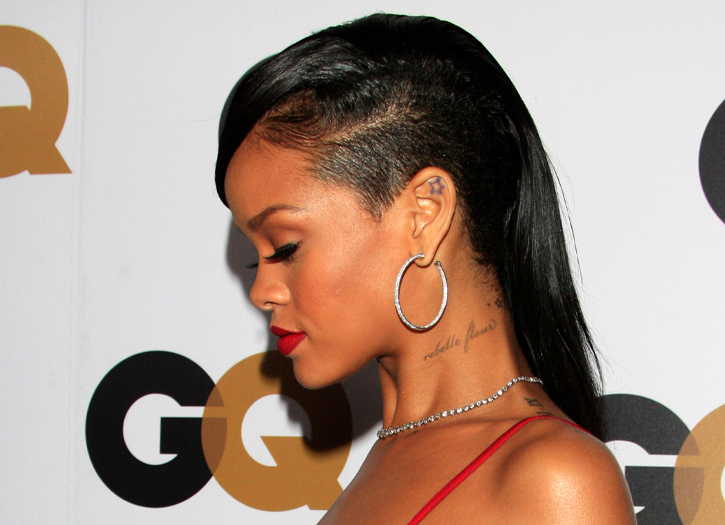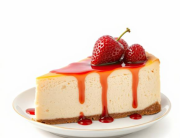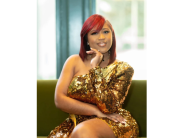The mullet is a hairstyle in which the hair is shorter at the front, but long at the back. A metal figurine, dated back to the 1st-century AD and found during 2018 preparations for a new car park at the Wimpole Estate, England, was hypothesised by archaelolgists to indicate that natives in ancient Britain during the Roman occupation could have worn their hair in a similar style to mullets.
In the sixth century, Byzantine scholar Procopius wrote that some factions of young males wore their hair long at the back and cut it short over the forehead. This non-Roman style was termed the ‘Hunnic’ look.Researcher Alan Henderson describes the ancient hairstyle as useful, as it kept the hair out of the eyes.The mullet and its associated lifestyle have been central themes in movies such as Joe Dirt “business in the front, party in the back” (2001) and the television show The Mullets (2003–2004).
In the 2020s a variant of the hairstyle called the “modern mullet” gained popularity with LGBTQ+ influencers and celebrities such as Miley Cyrus, Crystal Methyd of RuPaul’s Drag Race season 12, Euphoria’s Barbie Ferreira, and Tiger King’s Joe Exotic. “Modern mullet” hairstyles are characterized by long back hair, short side hair, and medium length front and top hair. While an irony laden hairstyle for some, mullets actively serve as a tool for flagging queer visibility and embracing creative authenticity for queer communities, echoing the sexual revolution of the 70’s and following queer mullet-sporting LGBTQ+ icons. For some, mullets facilitate the appearance of fluidity, echoing both masculine and feminine hairstyles, while others attribute the look to maintaining an artistic gaze on oneself, thus protesting conventional beauty standards, opposed to maintaining the male gaze.
In September 2020, i-D called 2020 “the year of the mullet”, attributing its boom in popularity to COVID-19 lockdowns and their closing of hair salons. In an article for Vice Media, the mullet-wearing teenagers interviewed all described getting the haircut as a joke, with one stating “There’s an irony to the mullet haircut. It’s this disgustingly gross haircut, which means it’s definitely worn in an ironic way”.Magda Ryczko, founder of the queer-owned barbershop Hairrari in Brooklyn, notes that mullets allow for a professional front facing look for Covid-19 era Zoom meetings, while maintaining a messier, more fun look off camera, when the longer back section of hair may be revealed.
Mullets are also becoming popular with male teens in Australia and New Zealand due to the Australian drill scene.In May 2021, North Korea’s supreme leader Kim Jong-Un banned mullets or skinny jeans in his repressed country. The dictator, who favors short hair and husky-sized outfits, reportedly banned those fashion choices, fearing they could be a gateway to “decadent” Western influences.Like many 90s trends, mullets have made their way back into mainstream hair styles. The most popular version is called the mullet fade. The versatility of the taper fade has modernized the classic mullet.







Add Comment
You must be logged in to post a comment.